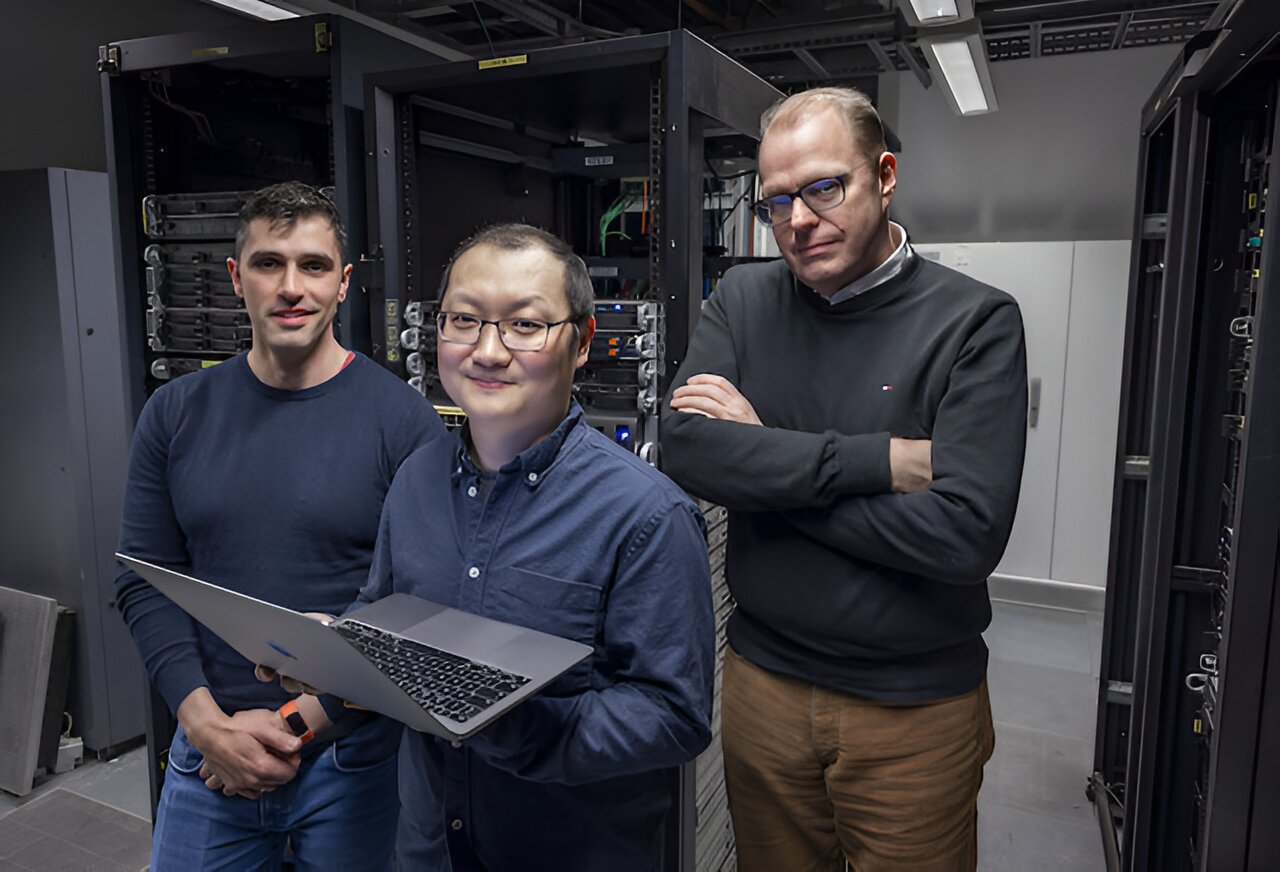When the team added analysis of slides from squamous cell lung cancer to the HPL system, it was capable of correctly distinguishing between their features with 99% accuracy.
Once the algorithm had identified patterns in the samples, the researchers used it to analyze links between the phenotypes it had classified and the clinical outcomes stored in the database, including how long patients lived after having cancer surgery.
The algorithm discovered that certain phenotypes, such as tumor cells which are less invasive, or lots of inflammatory cells attacking the tumor, were more common in patients who lived longer after treatment. Others, like aggressive tumor cells forming solid masses, or regions where the immune system was excluded, were more closely associated with the recurrence of tumors.
Stupid journalism, good science



